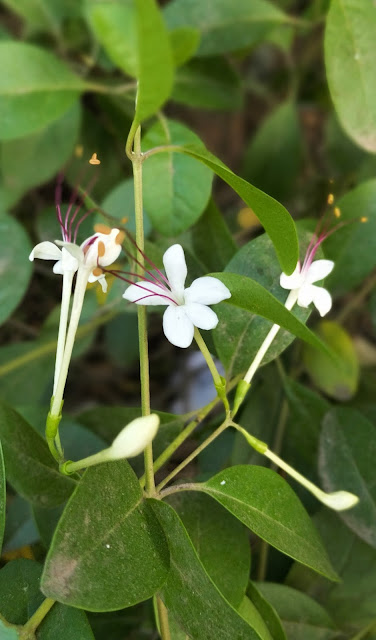Kashipala or Largeleaf Rosemallow, Hibiscus macrophyllus

Kashipala or Largeleaf Rosemallow ( Hibiscus macrophyllus , Family : Malvaceae) is a medium-sized tree with large leaves and attractive flowers. The tree can reach a height of about 10 m. The young branches, leaves, inflorescence, fruits, seeds of the plant are too hairy. It goes without saying that the plant takes such protective measures to prevent insects or unwanted creatures from harming its body parts. The tree can be found in Indo-Malay region (Indonesia, Malaysia and the Philippines) as well as Northeastern India, Myanmar, Southern China. In Bangladesh, it can be found in the forests of greater Sylhet and greater Chattogram. Other names : Khasia Udal (Bangla), Hibiscus, Large-Leaved Hibiscus, Large-Leaved Hao (Eng.). Downy and 5-9 nerved leaves are big, 16-45 cm long and 15-40 cm wide. Interestingly, its leaves and petioles are the same size. These are broadly ovate or orbicular, heart-shaped at the base, acuminate at apex. Upper surface is covered with ...



